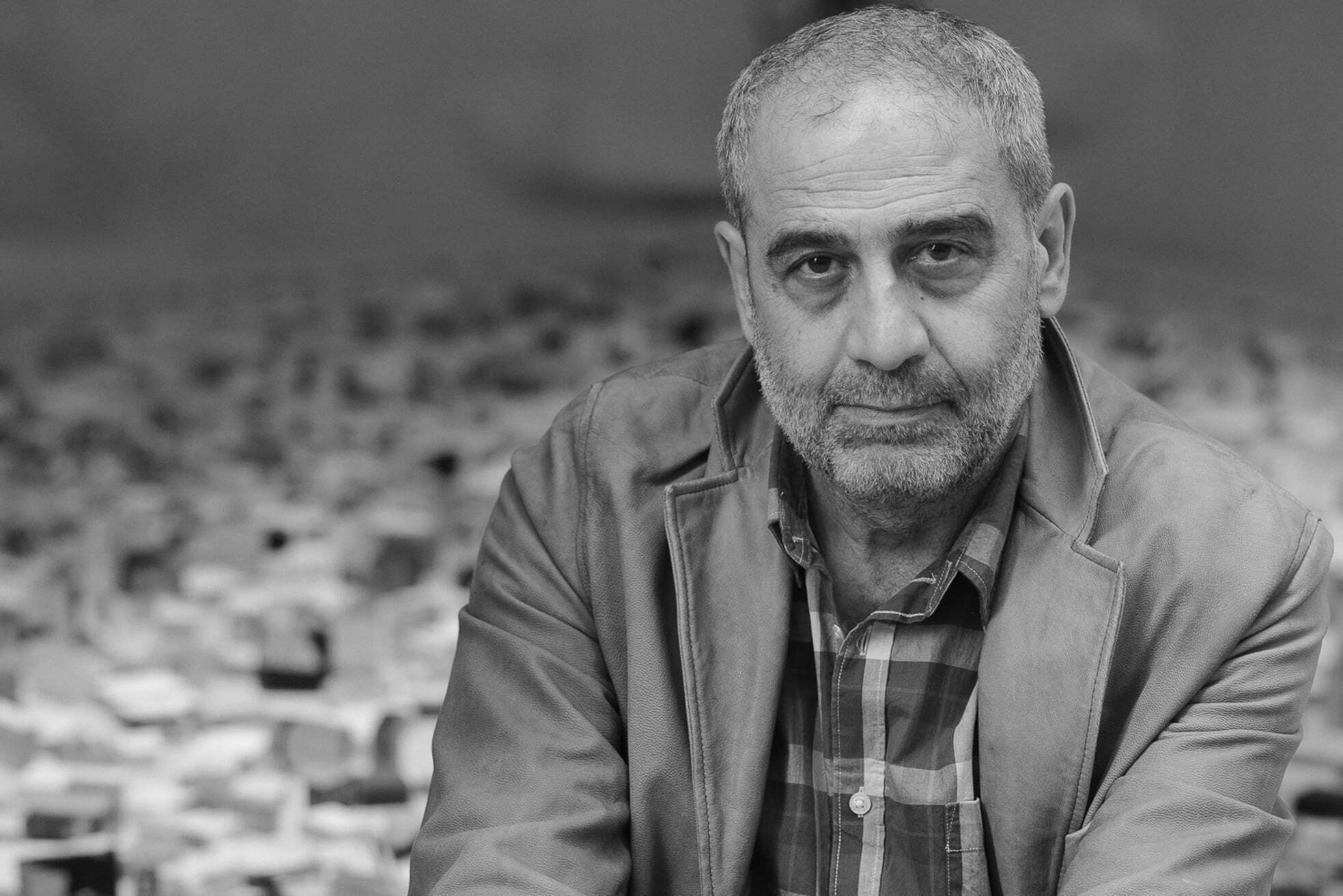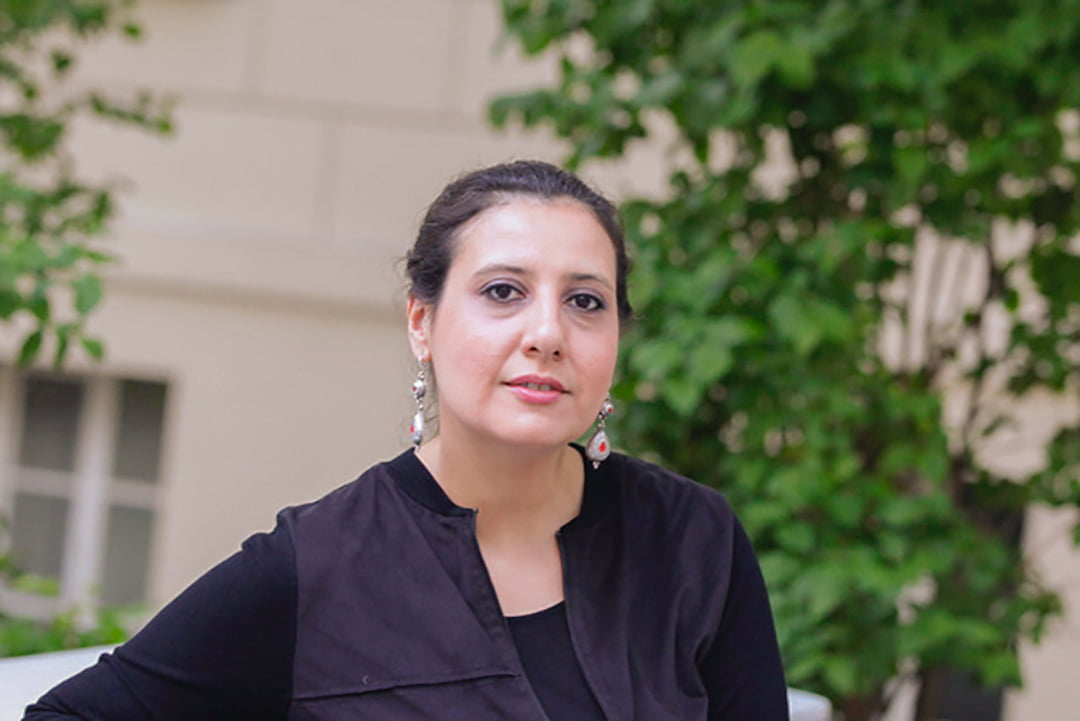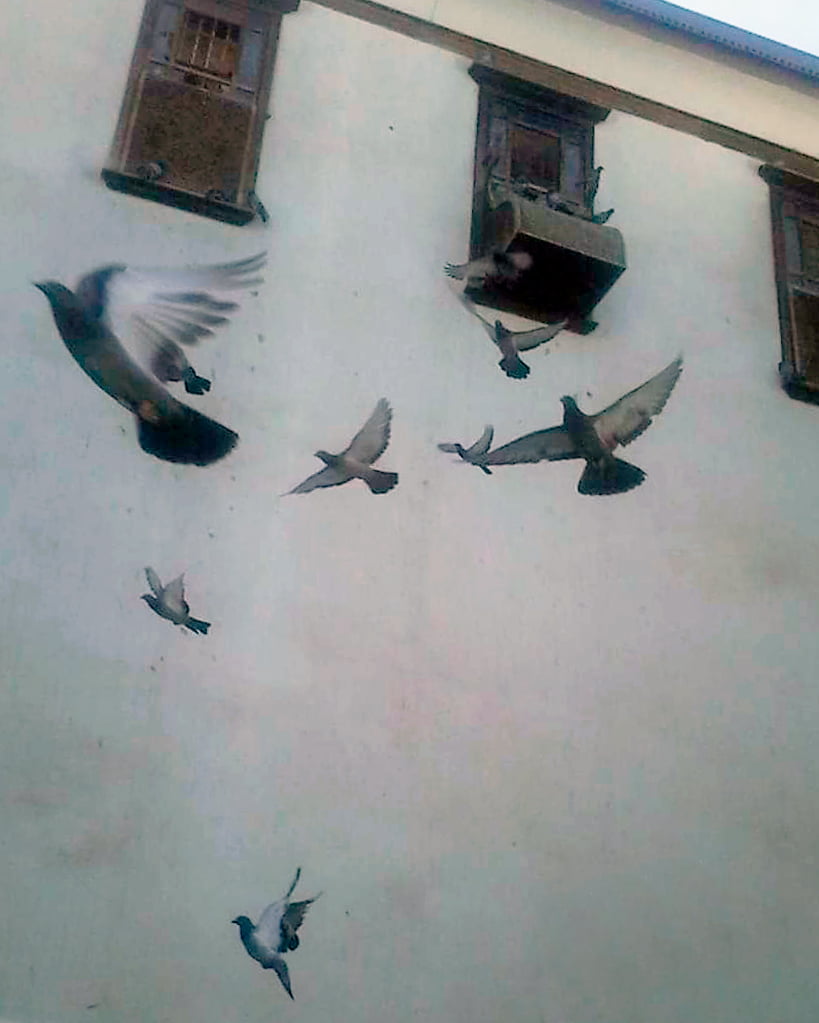A unique installation created by the Syrian-born artist Issam Kourbaj in collaboration with Fitzwilliam Museum, Ancient Near East Collection. The display brings together three unique ‘Eye Idols’ originating from the Eye Temple of Tell Brak, Syria (carved out of alabaster and dated around 3200 BC) and 366 eye idols created by Issam Kourbaj and made of Aleppo soap, a material invented thousands of years ago by the Mesopotamians in the Ancient City of Aleppo. The latter he created blindfolded.
Thousands of the Eye Idol figurines (dated ca. 3700–3500 BC) made of different types of stone and more rarely produced in fired clay have been excavated at Tell Brak in a building now called the Eye Temple. They are often interpreted as votive objects dedicated to an ‘eye god’ venerated in the temple of Tell Brak. Many are incised with multiple sets of eyes, others with jewelry and some others with representations of children- smaller eyes and body carved on the body of the larger idol. Wide eyes demonstrate attentiveness to the gods in Mesopotamian art.

Upon experiencing the ancient figurines at the Fitzwilliam Museum, Issam Kourbaj found that their simplified ‘contemporary’ form and exaggeratedly large eyes spoke volumes about both absence and presence. The work he created for the Fitzwilliam Museum’s display is a cry to the world, pleading that they do not ‘wash their hands’ of Syria and is dedicated to the Syrians who are still unable to see the light or breathe the air of freedom, yet working towards a better future.
For more about this unusual installation and to listen to a podcast with the artist explaining his artistic process: https://beta.fitz.ms/objects-and-artworks/dont-wash-your-hands-neither-light-agrees-to-enter-the-eyes-nor-air-the-lungs-2020



